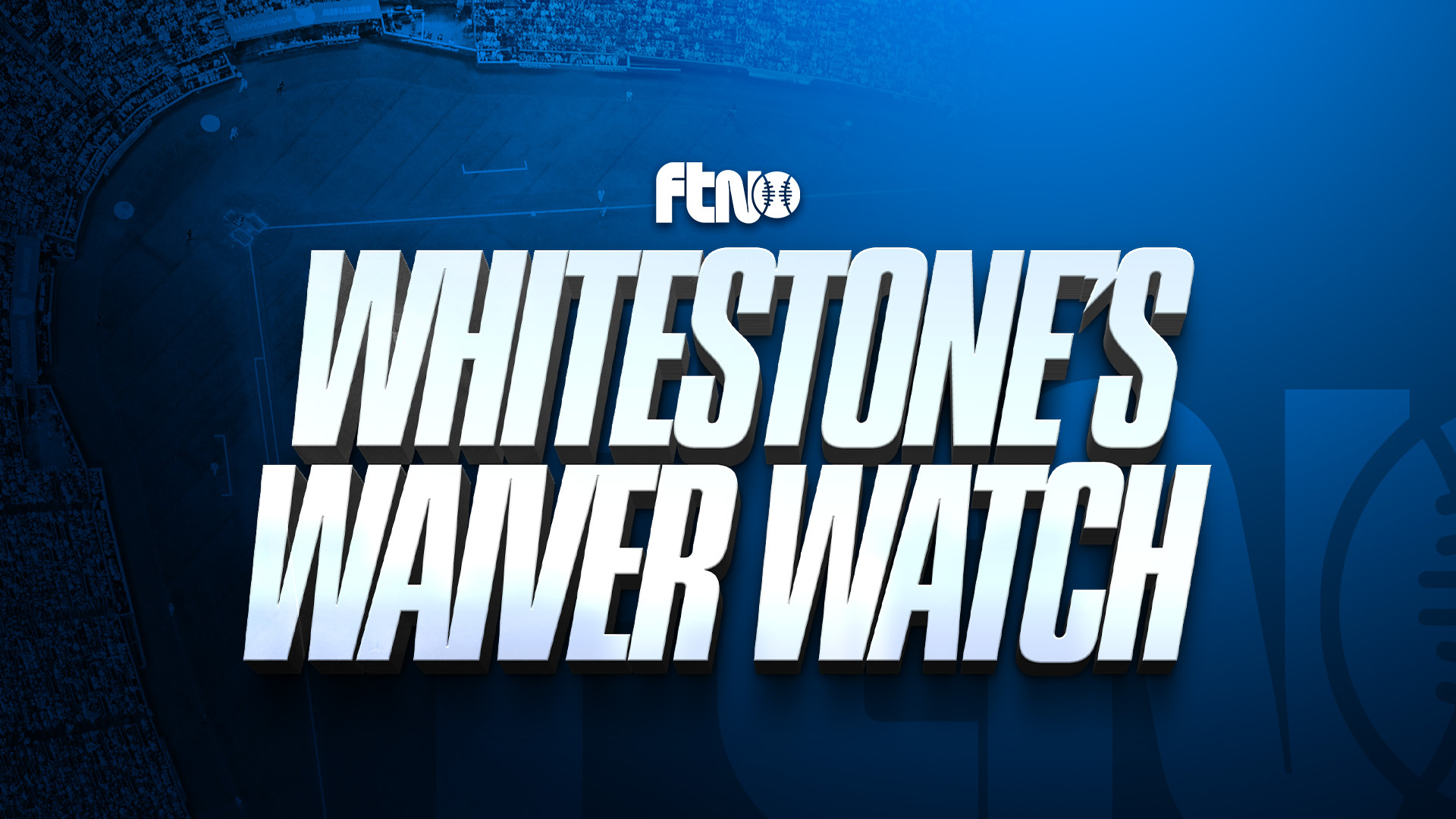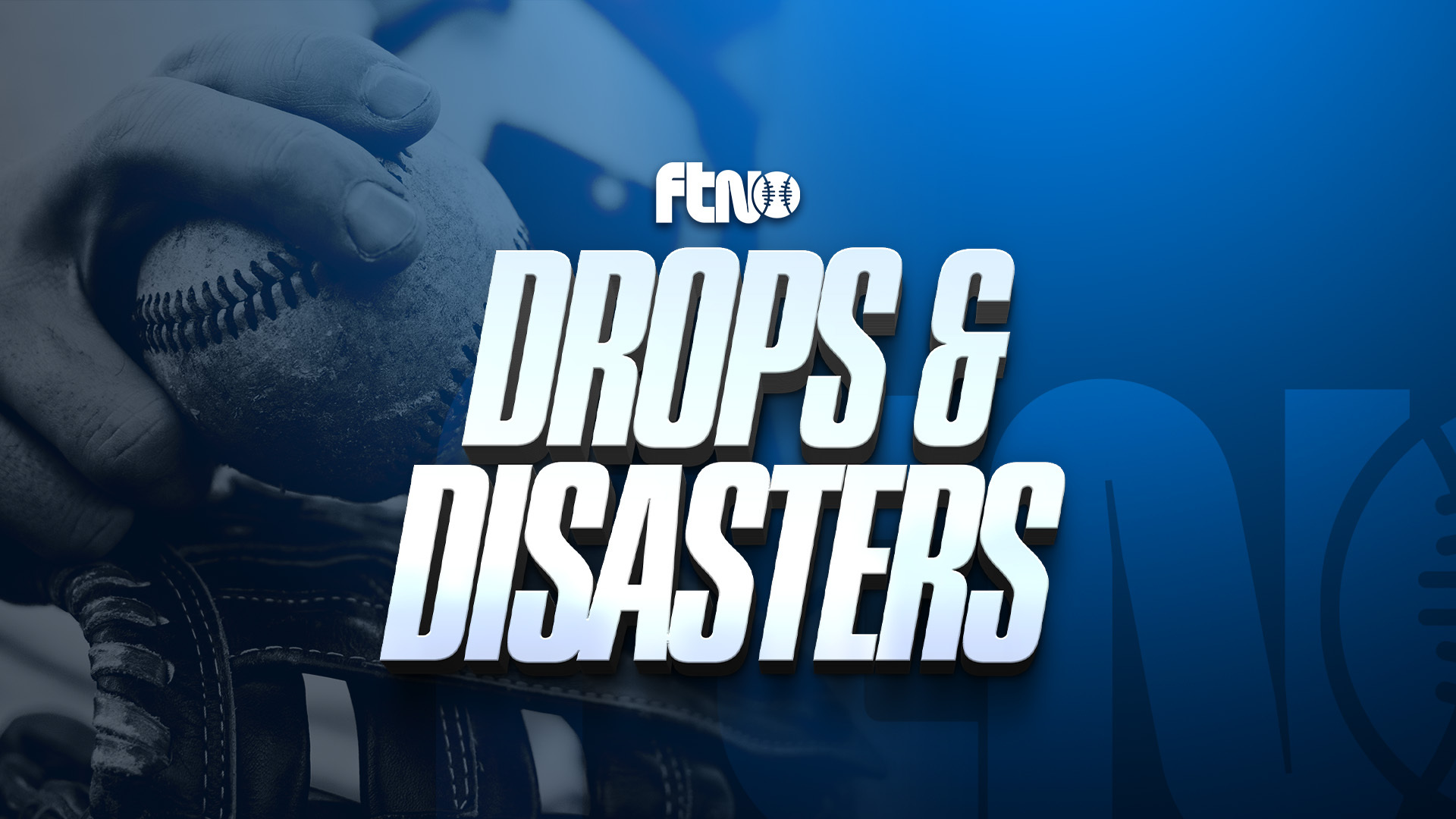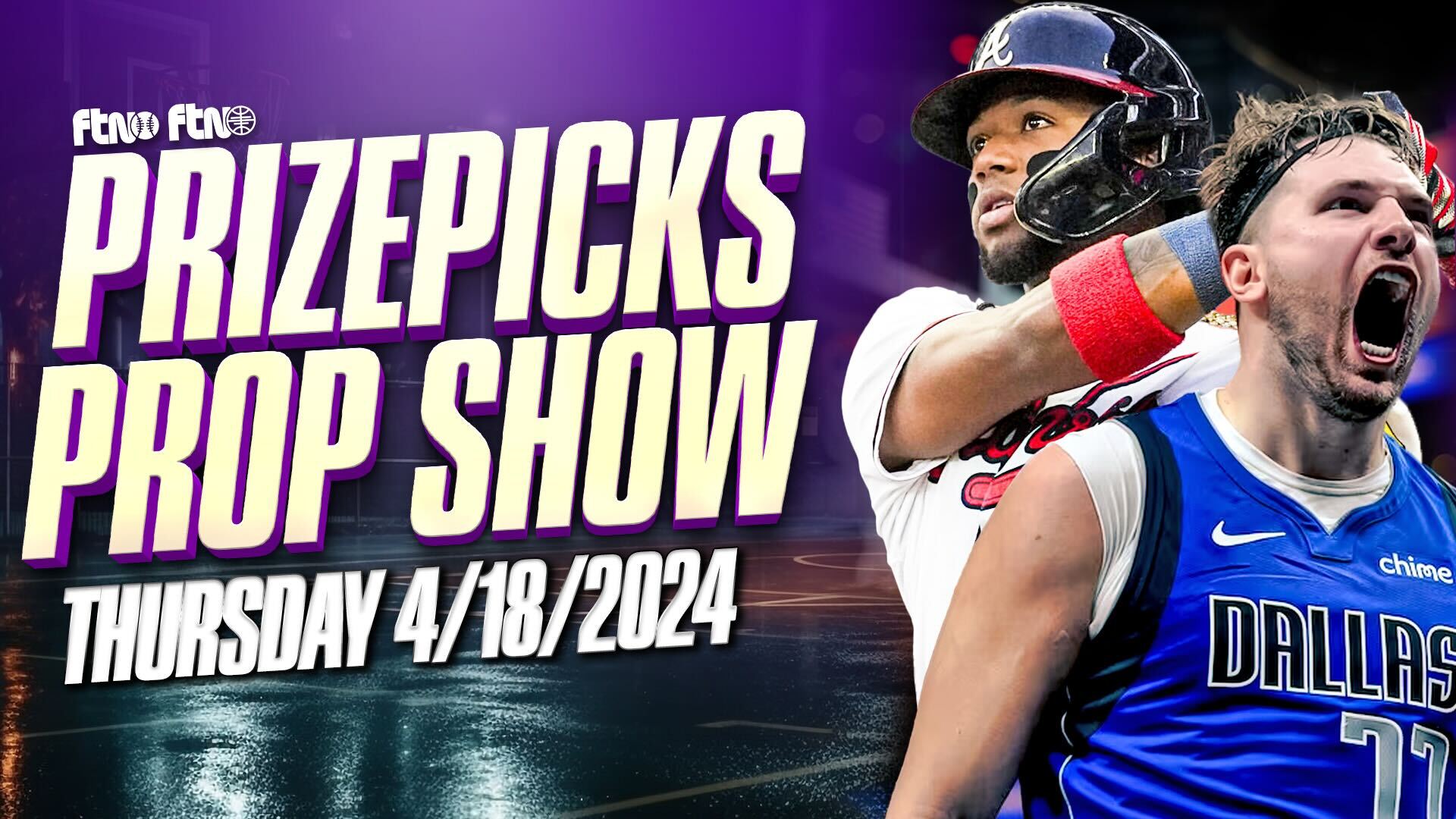
(Michael “TwoGun” Cohen is a three-time NFL Milly Maker champion. Today, he uses that expertise to explain his process behind building a lineup and taking down a big prize.)
We all have our various DFS habits. After playing NFL GPPs seriously for more than seven years, I’ve created a general routine that helps me best tackle each week. Today, I’ll walk you through how I approach each week’s NFL GPP slate.

Digest the news
After finishing the previous week’s main slate (and potentially some showdowns), your first instinct may be to immediately start creating a few lineups, just for fun. However, I really try to avoid creating any lineups until later in the week. I do my best to force myself to just digest the Monday-Friday flow of news. This way, you don’t fall in love with any of your first instincts too early.
Like everyone else, I look at the injury reports throughout the week to see if there will be any value plays due to injury replacements or if any of the major studs might be limited.
I also listen and read as much as possible to other people’s opinions on who the best DFS plays are for the week. I basically try to get a general feeling about how the public will tackle the next slate and which trends they are following the most.
For example, if one team’s defense has been atrocious against the run the past few weeks, the public is likely to overown the opposing team’s running back. I’ll likely decide Saturday if that’s the type of trend that’s worth fading, since it may not have much juice left against massive ownership.
Some contrarian plays might be obvious on Tuesday, but sometimes you need to give it a few days to see what all the talking heads are saying to really know where some of the stupid chalk or smart underowned gems may be. What you may think is contrarian on Wednesday could turn out to be chalk by Sunday.

Player analysis
By Friday or Saturday, I start looking at what I may believe will be some of my key players in the upcoming week. I look at the chalky players and decide which ones are worth a fade and which ones I want to keep my exposure in line with the public.
My strategy is more game theory and less stat heavy. There isn’t one statistic I look into anymore that the public hasn’t fully appreciated by now. For a while, people underappreciated targets for wide receivers. After everyone caught on to the importance of targets, they then didn’t focus enough on snap counts. Now, everyone knows about snap counts and snap share. If anything, people have fallen in love with statistics too much in my opinion for a highly variable sport with few games like the NFL.
While I still do a deep dive into the statistics, it’s more as a way to exclude someone these days than to include them. The public has a serious recency bias that can be exploited. For example, if one player had a lot of targets the past few weeks but that’s because his team was behind and was throwing the ball a lot, then he is more likely to regress the next week. That player may be worth a fade. Likewise, if one player had a bad few weeks and his stats told a bad story, perhaps that was out of line with his typical career usage and he may bounce back the next week.
Lineup strategy
After deciding on what I think will be the important players and which games will likely feature high player ownership, I decide on certain lineup strategies I want to employ. For example, if everyone is going to use cheap running backs and expensive wide receivers, I want to have a few lineups that do the opposite.
If everyone is focused on a few high over/under games, I may want to either not game stack those games or game stack a lesser talked-about game.
For example, in Week 7 of the 2019 season, I utilized a game stack from the Raiders-Packers game that ended 42-24 Packers while most everyone focused on the Rams-Falcons game (37-10 Rams), and that was a major reason I won my third Milly Maker.
In general, I try to not fall in love with one type of lineup strategy each week. I certainly want to have a few contrarian lineup constructions, but a few typical lineup constructions are fine as well.

Build lineups
I’ve always built the bulk of my lineups by hand. While I think there’s merit to lineup-building services, I like to rely on myself for my lineup construction, especially entries into the GPPs with $300-plus entries.
A frequent question people ask me is how many lineups I build each week. Generally, it’s in the 30-70 range combined between DraftKings/FanDuel. This lets me cover all the various lineup and player strategies I employ each week. I try my best to have each lineup have a similar dollar level of exposure and not have one “best” lineup take up half or more of my action in terms of dollars risked.
Check for overlay
This is generally done Sunday morning. While overlay (where the GPPs don’t fill, so the site has to add money to the prize pool) was common in the early days of DFS, it’s fairly rare now in the marquee GPPs. But it still does occur from time to time.
It’s worth checking the various websites to see if there’s any overlay, since that’s a great way to get an edge and build a bankroll. On DraftKings and FanDuel, you’ll rarely see overlay in the main GPPs, but they do occur sometimes in the satellite events.

A note on payout structure
You’ll find a lot of advice on the internet saying to find GPPs with flat payout structures, under the reasoning that it is the best method to build a bankroll. While I certainly understand that point, flat payout structures are actually bad for the sharpest players in the long run.
I build lineups to take first, not get in the top 20%. The contrarian strategies I use are basically useless when it comes to double-ups and H2Hs, and the flatter the payout structure the less edge I get from going against the grain.
While getting second can be maddening when it is a huge dropoff from first, it’s the price you must pay if you want to play GPPs at the elite level. While I’ve been fortunate to win three Milly Makers, I have also come second in one (won $150k on FanDuel for second when first was a million). I’ve also come in second countless times when first awarded a seat at a live final.
I understand the frustration of playing GPPs, but flat payouts aren’t always your friend. Instead, to keep variance under control, I prefer playing some smaller GPPs that still have steep payout structures but smaller, non-Milly Maker-type fields.




































